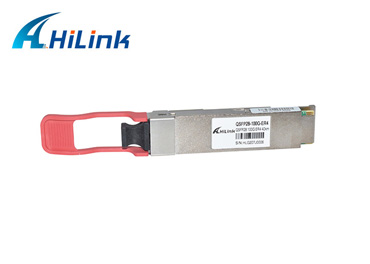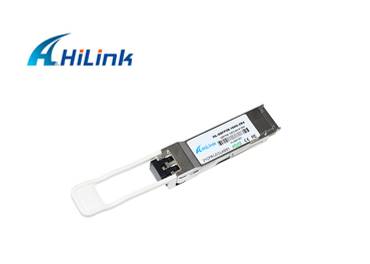What Is an Optical Transceiver?
May. 31, 2023
An optical transceiver, also known as a fiber optic transceiver, is a device used to transmit and receive optical signals over fiber optic cables. It combines both a transmitter and a receiver into a single module, enabling the transmission of data in optical form. Optical transceivers are widely used in telecommunications, networking, and data center applications. Here are some key points to understand about optical transceivers:
Transmitting and Receiving Signals: An optical transceiver consists of a transmitter and a receiver. The transmitter converts electrical signals into optical signals, which are then transmitted over the fiber optic cable. The receiver, on the other hand, receives the incoming optical signals and converts them back into electrical signals for further processing.
Optical Components: The transmitter section of an optical transceiver typically includes a laser diode or a light-emitting diode (LED) that emits light at a specific wavelength. The receiver section consists of a photodiode or a photodetector that detects the incoming light signals.
Wavelength and Speed: Optical transceivers operate at specific wavelengths of light, such as 850nm, 1310nm, or 1550nm, depending on the type of fiber and the transmission requirements. They support different data rates, ranging from a few megabits per second (Mbps) to multiple terabits per second (Tbps), depending on the technology used.
Types of Optical Transceivers: There are various types of optical transceivers, each designed for specific applications and fiber optic standards. Some common types include:
Small Form-factor Pluggable (SFP): SFP transceivers are compact and interchangeable modules that support various data rates and can operate over different fiber types, such as single-mode or multi-mode.
Quad Small Form-factor Pluggable (QSFP): QSFP transceivers are similar to SFP but offer higher data rates and support parallel transmission using multiple fibers.
C Form-factor Pluggable (CFP): CFP transceivers are larger and more versatile modules used for high-speed and long-reach applications.
XFP, X2, and XENPAK: These are older form factors that support high-speed data transmission over fiber optic cables.
Coarse Wavelength Division Multiplexing (CWDM) and Dense Wavelength Division Multiplexing (DWDM): These transceivers enable multiple wavelengths of light to be transmitted simultaneously over a single fiber, increasing the capacity of the fiber optic link.
Fiber Compatibility: Optical transceivers are designed to be compatible with specific types of fiber optic cables, such as multi-mode (MM) or single-mode (SM) fibers. It is crucial to select the appropriate transceiver for the type of fiber being used to ensure optimal performance and compatibility.
Hot-swappable and Plug-and-play: Optical transceivers are typically hot-swappable, meaning they can be inserted or removed from their respective ports without interrupting the operation of the network equipment. This feature allows for easy installation, maintenance, and upgrades.
Industry Standards: Optical transceivers comply with industry standards set by organizations like the Small Form-factor Pluggable Multi-Source Agreement (SFP MSA), the Quad Small Form-factor Pluggable Multi-Source Agreement (QSFP MSA), and others. These standards ensure interoperability and compatibility between transceiver modules and different network equipment.
Optical transceivers play a crucial role in enabling high-speed data transmission over fiber optic networks. They provide a reliable and efficient means of transmitting and receiving optical signals, supporting various applications in telecommunications, networking, and data centers.
For more information, please contact us. We will provide professional answers.













